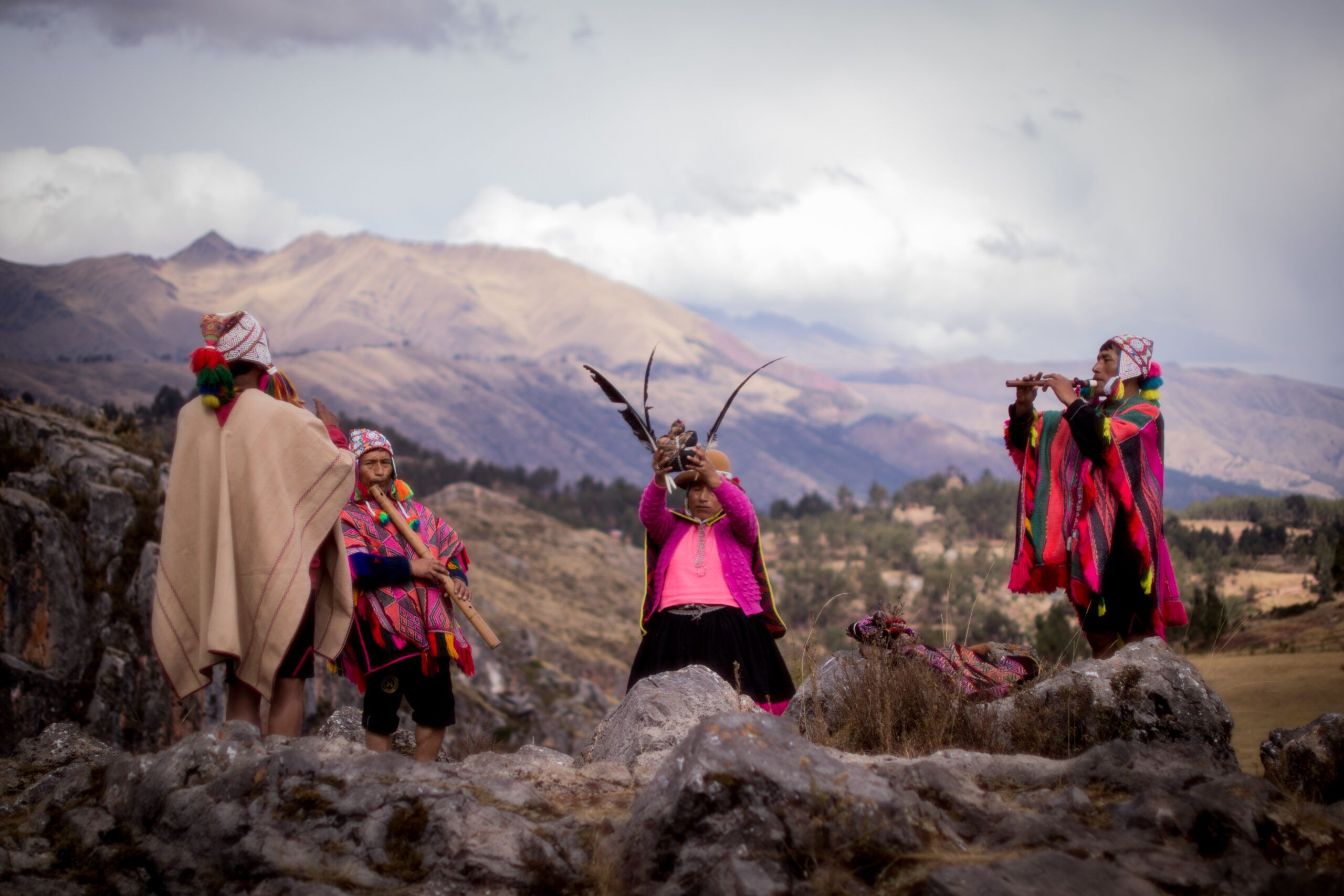In our previous blog, we shared our perspective on why the concept of cultural appropriation. It does not apply within the Andean world, using the example of the Q’ero paqos.
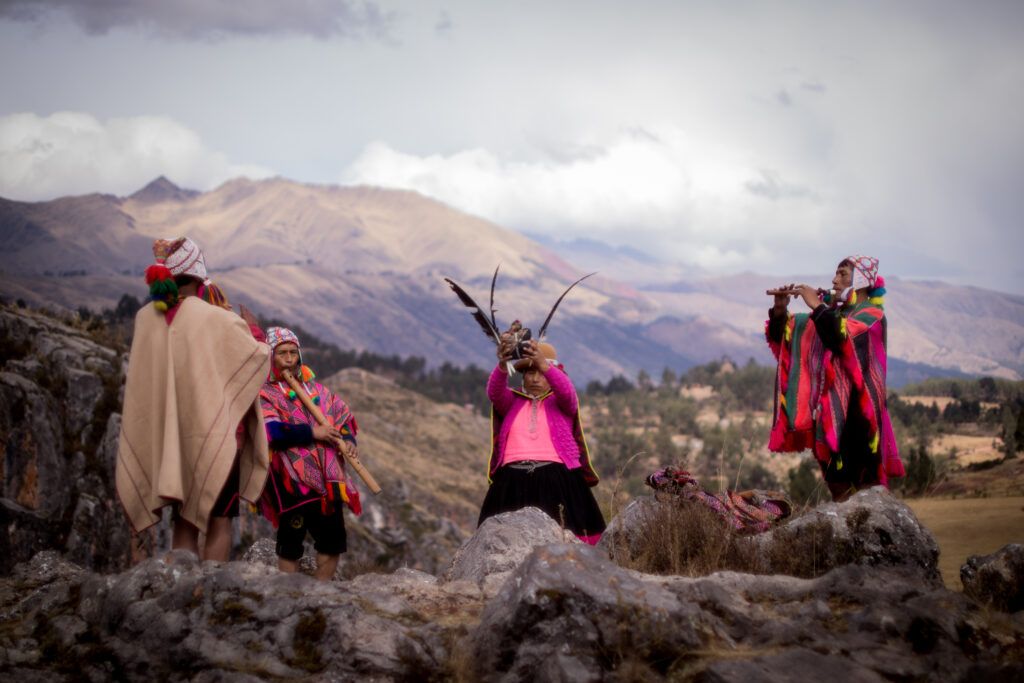
In this new post, we seek to deepen that reflection by presenting four reasons why “cultural appropriation”. It is not only incompatible with Andean reality but also a limited and problematic way of understanding it.
Why “cultural appropriation” is a problematic lens
1. The assumption of separability
Most people who use the term “cultural appropriation” assume they can meaningfully separate a set of symbols or rituals from their original context and re-use them in another.
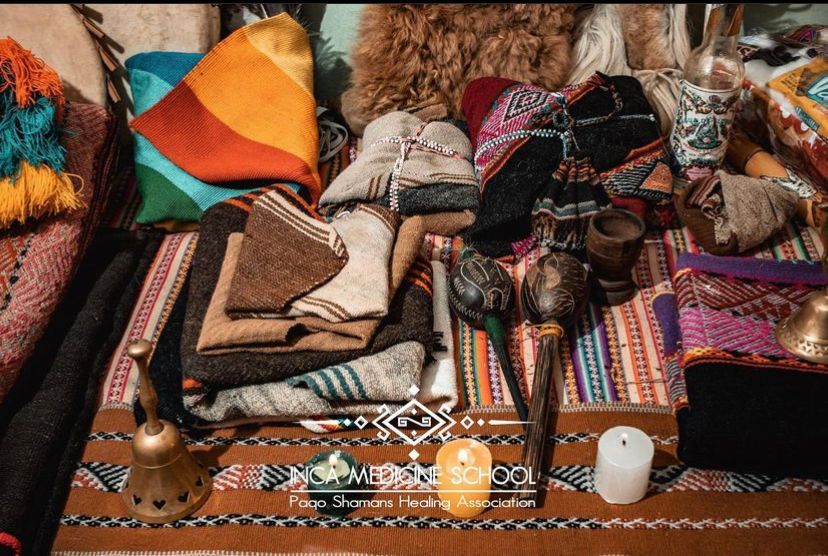
But in Q’ero cosmology, the sacred is not a set of static artifacts; it is living ayan (energetic existence). To extract a ritual without the sustaining infrastructure (lineage, relationship, reciprocal balance) is to distort it.
2. The question of authority and consent
Appropriation critiques often hinge on the lack of consent from the originating community.
But in the case of paqos, the authority to teach, initiate, or transmit is not a generic license; it is grounded in lineage, khipu (connections), and spiritual responsibility.
Even within Q’ero themselves, not everyone becomes a paqo: there are levels and qualifications (e.g. altumisayuq vs pampamisayuq).
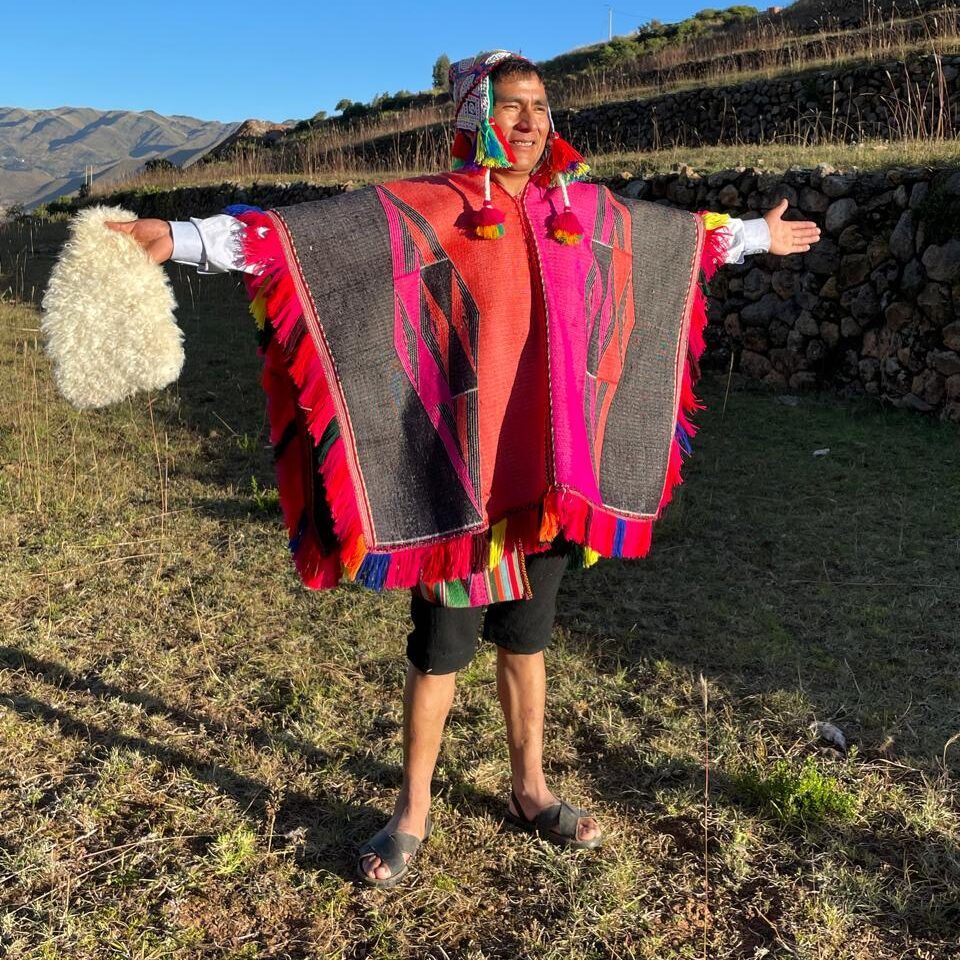
Thus, an outsider may not simply step in and claim “permission”—the possibility of genuine transmission depends on being incorporated into a relational structure, not on a transactional “permission slip.”
3. Risk of dilution and commodification
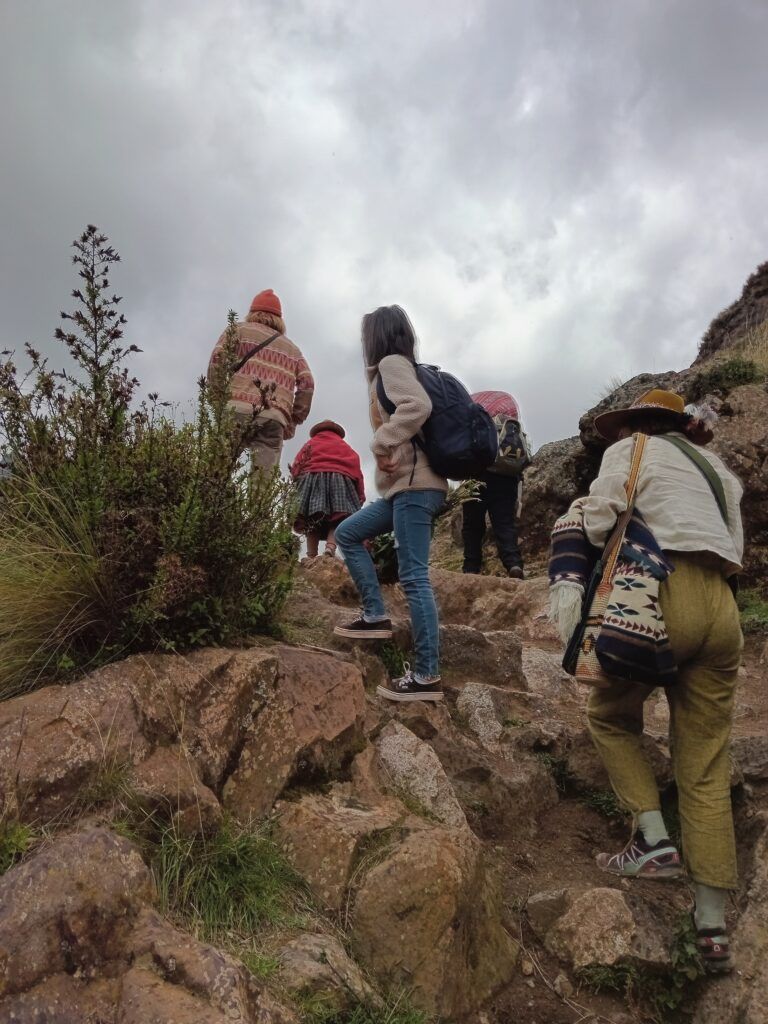
One valid critique is how New Age tourism and spiritual commodification can dilute or exoticize Q’ero practices for consumption.
Melody J. Devries, in “Heritage Appropriation and Commoditized Spirituality,” argues that spiritual tourism can turn Q’ero mysticism into a spectacle, stripping the deep relational matrix around it.
But this does not claim that “appropriation is possible” in a pure sense—rather, it warns that people can sensationalize, misinterpret, or alienate fragments from their sovereignty.
4. The limits of Western concept of Cultural Appropriation
The very concept of “cultural appropriation” is born from Western debates around power, identity, and property. Applying that framework rigidly to Andean spiritual systems can mis-map how indigenous epistemologies understand knowledge, authority, and relationality.
In other words: we risk reducing a living ontology into a debate about cultural objects.
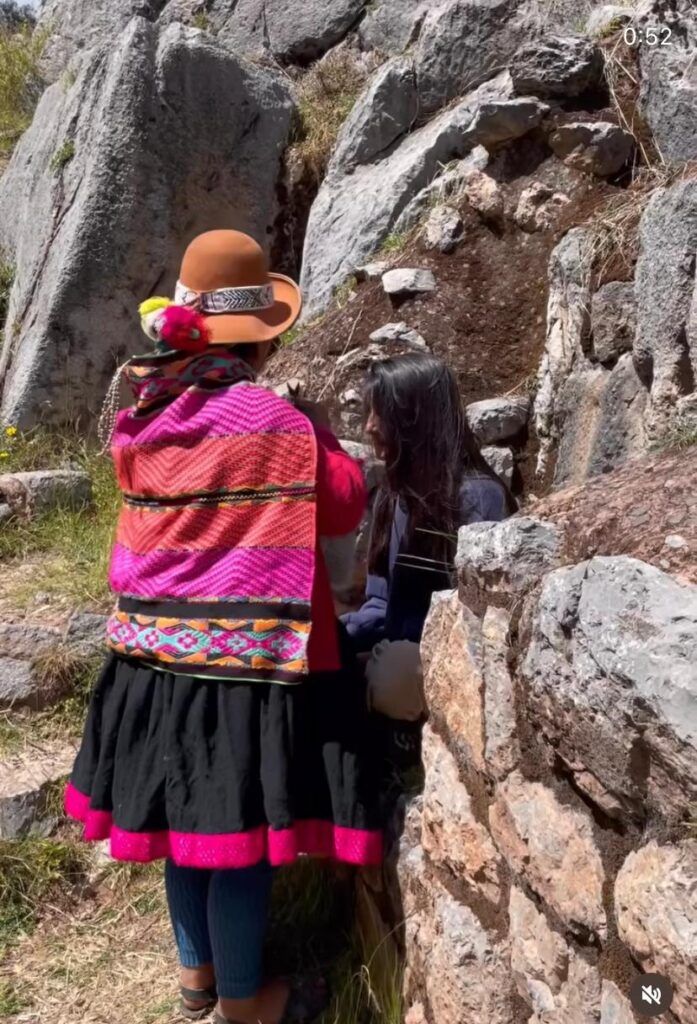
A reframed view: integrity, relationship, responsibility
Rather than “appropriation,” a more fertile paradigm is to consider integrity, relationship, and responsibility. Here’s how:
- Integrity: The ritual must be preserved in its energetic coherence, not treated as a “tool.”
- Relationship: Transmission requires connection, lineage, and reciprocity (not just license).
- Responsibility: One must uphold the ethical duties, not only perform the ritual superficially.
From this view, the question is not “Can one appropriate Q’ero rituals?” but: Can one earn the right to responsibly walk with them, without distortion, and in relation? If not, one should not claim them.

Bibliography
- Devries, Melody J. “Heritage Appropriation and Commoditized Spirituality: Q’ero Mysticism & Andean New Age Healing.” NEXUS 23, no. 1 (2015).
- “What is Q’ero Spiritual Tradition Today?” MemoryQero.
- “Coca Leaf Reading and Healing Discussion from Hatun Q’ero Paqos of Peru.” ShamanicPractice.org.
- “Paqos on a Pedestal.” Q’enti Wasi

